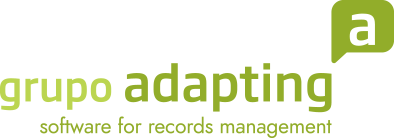SOLUTIONS
HYPERAUTOMATION AT ABOX
WHAT IS HYPERAUTOMATION
Hyperautomation is responsible for automating tasks normally performed by human hands. It applies technologies such as Process Modeling (BPA), Robotization (RPA) and Artificial Intelligence (AI) to significantly improve document flows.
It includes the sophistication of such automation with stages such as discover, analyze, design, automate, measure, monitor and improve.
SMART CAPTURE TOOLS
We have Abox-ECM integrations with the main intelligent capture tools in the market.

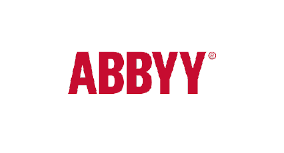
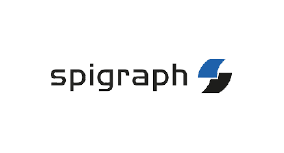
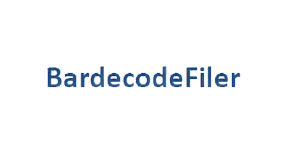
The functionalities provided by this integration are as follows:
- Automatic image processing (enhancement, filtering, format transformation, etc.)
- Automatic character and code recognition (OCR, OMR, multilingual).
- Template design for text extraction (ICR).
- Validation of extracted content (database, human supervision, etc.)
- Multi-format export and integration with other systems.
DOCUMENT FLOW DESIGN WITH BPMN
Business Process Automation (BPA) manages workflows to improve the efficiency of an organization. BPA does not focus on a single department, but on the entire organization by implementing software systems that integrate all existing applications.
Abox-ECM provides graphical editors for process design, with more than 100 actions and checks included to allow complete automation of any document process, including integration with other applications.
Two standard languages are available for the definition of workflows:
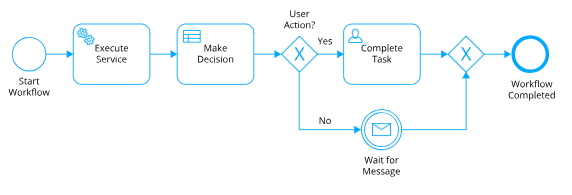

State machine notation

BPMN2 Notation
Abox ECM offers powerful features for:
- Pilot records through workflows that control the presence and status of documents and metadata.
- Pilot documents through independent workflows or subordinate to processes linked to dossiers.
- Integrate with external applications through a powerful interoperability API.
- Design and execute workflows on a dual engine: BPMN2 language and state machine.
EVENT CONTROL ON MASSIVELY MONITORED VARIABLES
Alerts generally focus on detecting a condition and then bringing it to a person’s attention. However, an alert system can be thought of as part of a monitoring and improvement loop: observe, detect a condition, take action, and observe again.
An alerting system must support sophisticated detection and actions, recognizing that “detection” may be more than a search of the data repository and that “action” is becoming more than just sending an email or calling a webhook.
Abox-ECM has native integration with the Elastic Stack suite, a set of open-source tools for data ingestion, enrichment, storage, analysis and visualization.
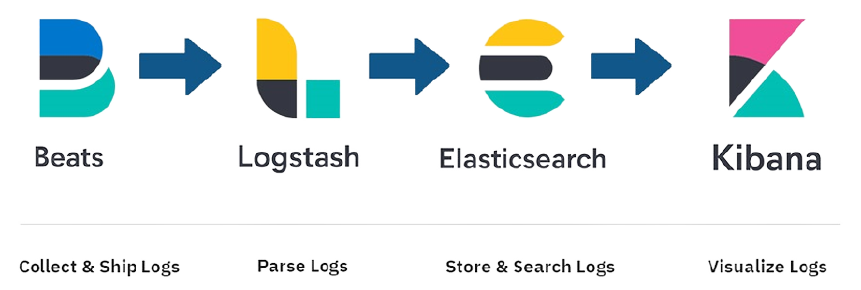
Thanks to Elastic’s powerful alert system, it is possible to detect any of the following events:
- Errors or inconsistencies in the recording of information in the system.
- Detection of predictable abnormal situations.
- Infrastructure or connectivity problems.
DESIGN OF PREDICTIVE MACHINE LEARNING MODELS
In recent years, the advance of Artificial Intelligence methods and, in particular, Machine Learning technologies, has been spectacular for the discovery of patterns and the automatic classification of digital content.
Grupo Adapting has carried out research in this area, defining a methodology for the design and deployment of predictive models based on Artificial Intelligence techniques, which consists of 6 steps:
- Data collection and sampling.
- Exploratory data analysis.
- Variables engineering.
- Specification, training and evaluation of the models.
- Calibration of hyper-parameters.
- Deployment of the model.
The models allow predictions to be made using and optimally combining information from metadata, recognized texts in the archives, as well as images of the cover page of the documents.
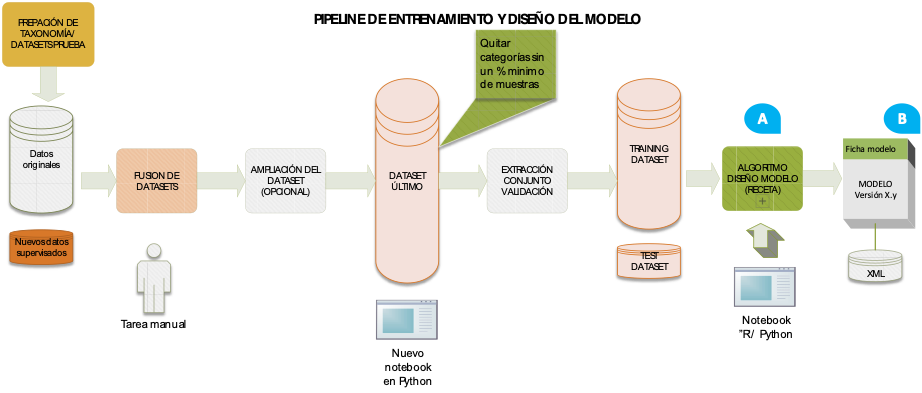
Some examples of models to be implemented are:
- Document type classification model for automatic reassignment of filed documents.
- Similarity detection model based on pattern recognition to relate documents and identify clusters (e.g. files).
- Model for prioritization of requests and generation of alerts based on sentiment analysis criteria.
PREDICTIVE MODEL DESIGN METHODOLOGY
This methodology allows us to offer our clients an innovative design service that aims to automate those actions that represent bottlenecks in the document processes that are executed in the SGDEA.
This service is configured as a “co-creation” between the client and our company that includes the following stages:
PROVISIONING INTELLIGENT CLOUD MODELS FOR LEGACY SYSTEMS
It is possible to design custom predictive models based on our methodology for other legacy systems. The models are installed on our cloud servers and are provided with a webservices-based API.
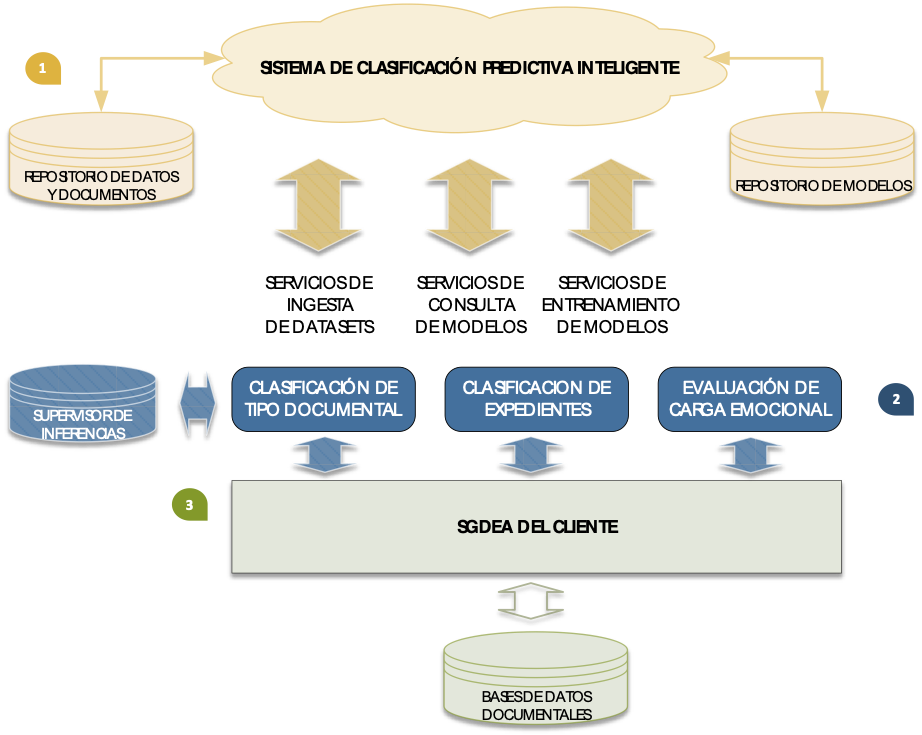
In these cases, the client must have the necessary development and integration capabilities and the responsibilities of each party must be defined.


